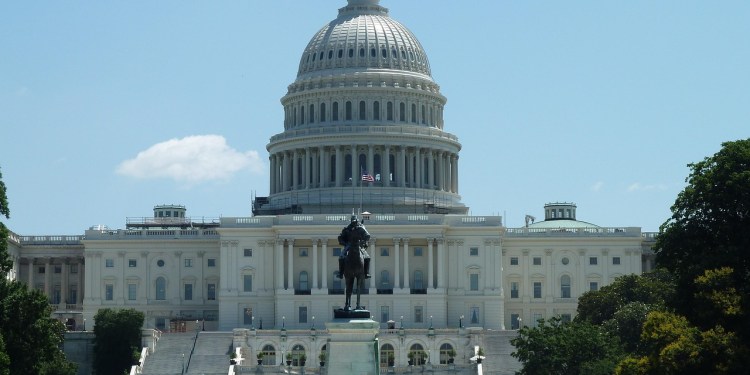The crypto sector’s long-awaited regulatory clarity bill hit a snag as industry leaders raised concerns over a last-minute amendment to the Digital Asset Market Clarity (CLARITY) Act of 2025.
Critics warn the new provision resurrects the heavy-handed regulatory approach of the previous SEC administration, potentially undermining the bill’s core mission to provide certainty for digital asset markets.
Journalist Eleanor Terrett posted on X that industry leaders have dubbed this addition a “Gensler-era provision,” referencing former SEC Chair Gary Gensler’s aggressive enforcement-first approach to crypto regulation.
🚨NEW: Ahead of today’s CLARITY Act markup in @FinancialCmte and @HouseAgGOP, some industry players I’ve been speaking to are raising concerns over a new section in the amended text they’re describing as a “Gensler-era provision.”
The change would eliminate exemptions for…
— Eleanor Terrett (@EleanorTerrett) June 10, 2025
Regulatory Uncertainty Returns
The controversy centers on a newly added section that would “eliminate exemptions for previously issued tokens,” effectively granting the Securities and Exchange Commission sweeping authority to determine on a case-by-case basis whether each crypto token qualifies as a security.
The amendment has sparked immediate pushback from crypto advocates who argue it reintroduces the very uncertainty the CLARITY Act was designed to eliminate. Community investors expressed concern that the change could allow regulators to play “winners and losers again,” selectively targeting projects based on subjective interpretations rather than clear statutory guidance.

Originally introduced by House Financial Services Committee Chairman French Hill on May 29, the bipartisan legislation aims to establish a comprehensive regulatory framework for crypto assets in the US. The bill seeks to protect consumers by requiring developers and customer-facing firms to provide crucial disclosures while keeping company funds separate from customer assets. It also provides developers with a clear pathway to secure funding under regulatory oversight.
However, the new amendment appears to contradict these goals by maintaining regulatory ambiguity around token classifications—the exact issue that has plagued the crypto industry for years.
Political Opposition Mounts
The CLARITY Act faces significant Democratic opposition beyond concerns over the latest amendment. Democrats have also suggested the bill could allow President Trump to “cash in” on his crypto ventures, adding political friction to what was intended as bipartisan legislation.
Despite these concerns, industry momentum continues building. Eight crypto policy organizations successfully lobbied for inclusion of the Blockchain Regulatory Certainty Act (BRCA) in the CLARITY Act, providing safe harbor protections for software developers and infrastructure providers.
“This is a meaningful step toward protecting developers of non-custodial, peer-to-peer technologies while maintaining strong oversight of custodial financial institutions,” the crypto groups stated in a joint statement.
🚨That joint statement here: ⬇️ https://t.co/JQFP2uO0ZT pic.twitter.com/RMvipf4zyZ
— Eleanor Terrett (@EleanorTerrett) June 9, 2025
The bill passed the House Committee on Agriculture markup with a 47-6 vote after nearly three hours of debate, now awaiting the House Financial Services Committee markup.





